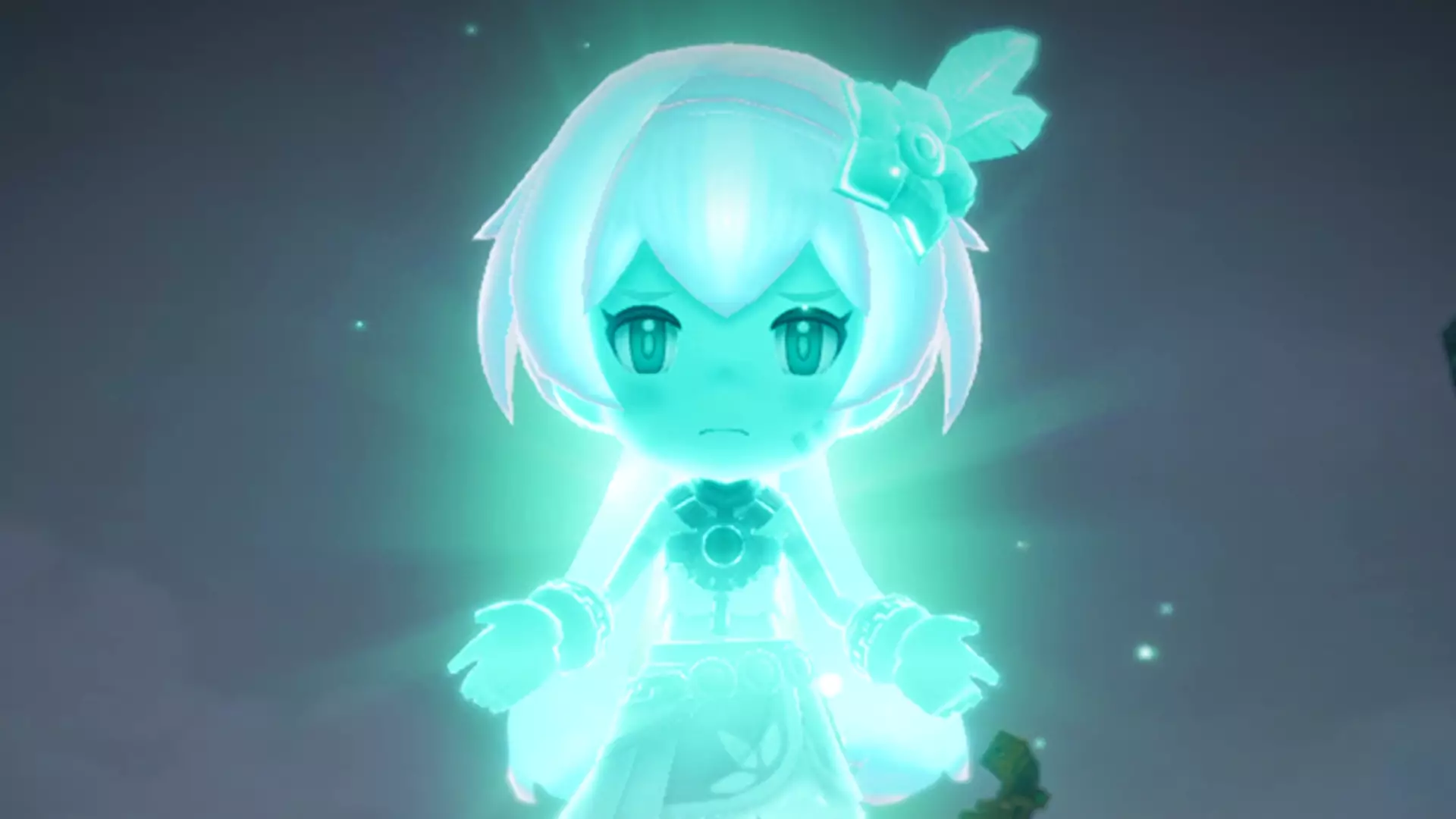In a gaming landscape saturated with sequels and remakes, Fantasy Life i: The Girl Who Steals Time stands out as a refreshing gem. Released after a whopping 13 years since its predecessor, this installment has received an overwhelmingly positive reception, with 92% of over 2,000 Steam reviewers applauding its charm and innovative gameplay mechanics. Unleashing its magic on platforms like Steam, PS5, PS4, Xbox Series X, and Nintendo Switch, this sequel elegantly combines elements of life simulation with action-packed adventure, creating an experience that resonates with both nostalgic players and newcomers alike.
What sets this Game Apart? The uniqueness of Fantasy Life i lies in its ability to fuse diverse gameplay styles. Gamers can indulge in farming, fishing, and crafting, while also engaging in a captivating quest filled with dungeon-crawling and combat reminiscent of the beloved Zelda series. This intricate interplay between serenity and action enriches the gaming experience, bringing depth to a genre often confined to simplistic mechanics. But what truly elevates this sequel is the introduction of a time travel feature, a fascinating motif that presents not just a plot twist but a transformative element affecting gameplay and progression.
The Freedom of Variety: New Jobs and Environments
The sequel boasts 14 unique jobs, surpassing its predecessor’s selection of 12, providing players a wealth of choices for character customization and strategy. This luxurious array of options allows for fluidity in gameplay; players can easily switch between jobs as they traverse the richly detailed environments. The addition of time travel elevates this freedom even further, enabling adventurers to hop between various timelines, each presenting unique challenges and enriching the narrative experience.
As players gather resources, terraform islands, and furnish their dream homes, they become immersed in a sprawling, aesthetically pleasing open world. Engaging with these elements brings a sense of satisfaction that echoes throughout the community of players. What’s intriguing is to observe how even those unfamiliar with the original game are finding themselves enamored with this sequel. A player wrote, “I didn’t play the original, so I wasn’t even in it for nostalgia—still completely addicted,” underscoring the appeal of the game’s mechanics and world-building.
Impressive Popularity and Community Engagement
Day one performance metrics indicate that Fantasy Life i is not just another game; it’s a phenomenon that captured attention immediately. The remarkable peak player count of 34,318 on Steam showcases its appeal, even outpacing well-known titles. While comparisons to other games may arise, such as the new Doom game on Game Pass, the unique selling points of Fantasy Life i deserve to be celebrated in their own right. The Japanese and Chinese gaming markets, integral parts of the Fantasy Life community, haven’t even contributed fully to the Steam numbers yet. As time zones align, the excitement is likely to swell even more.
Throughout online platforms, gamers are eagerly sharing experiences, crafting their stories, and contributing positively to the vibrant community. One enthusiastic review stated that buying the game at $60 was a worthwhile investment, reinforcing the value that players place on their gaming time. This level of engagement is invaluable in fostering a healthy gaming community, where players feel genuinely connected, sharing tips and tales from their adventures.
Challenges and Criticisms: Addressing Multiplayer Limitations
While the numerous accolades are certainly indicative of a successful release, it’s crucial to maintain a balanced perspective. Several reviews have indicated frustrations regarding the multiplayer feature, which allows only up to four players to explore together on one island. Critics have pointed out that the multiplayer mechanics are largely relegated to endgame content and do not allow players to progress through the main storyline or side quests collectively. For a title that promotes exploration and community involvement, this limitation could hinder the overall experience for those hoping to embark on the journey together with friends from the beginning.
This critique raises an important conversation about the evolving expectations in multiplayer gaming and whether such features enhance or detract from the core gameplay experience. As players continue to navigate and share their insights, the hope is that Level 5 will consider these challenges in future patches and updates, potentially enhancing the multiplayer experience for all.
With its enchanting world, innovative gameplay mechanics, and an enthusiastic player base, Fantasy Life i: The Girl Who Steals Time is poised for a bright future in the gaming realm, beckoning players to dive into an unforgettable adventure.

